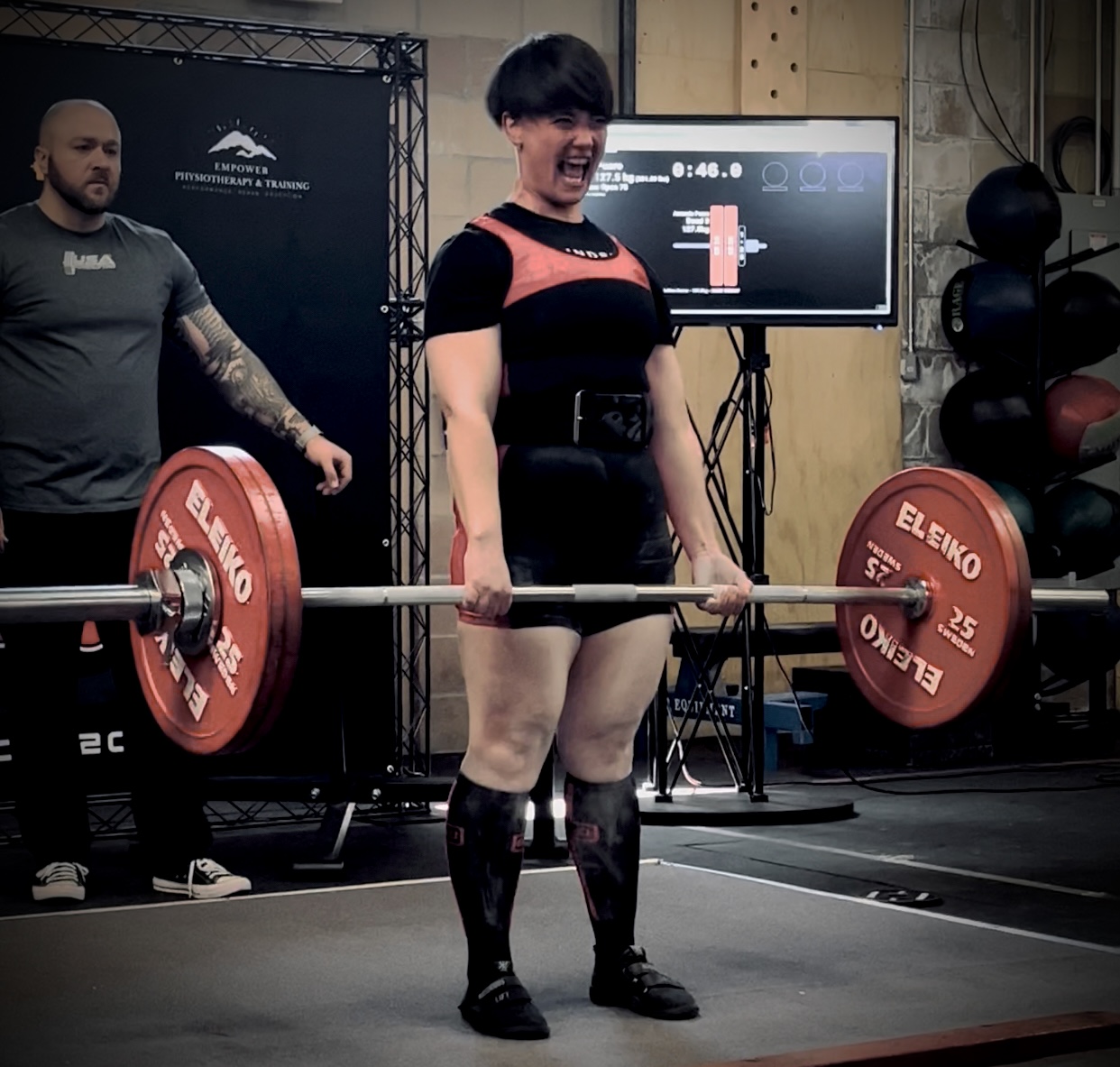Heat Therapy: A Vital Recovery Tool for Strength Athletes
- Coach AP
- Nov 29, 2023
- 2 min read
In the world of strength sports like powerlifting and Olympic weightlifting, the pursuit of pushing physical boundaries and achieving peak performance is relentless. Athletes in these disciplines subject their bodies to incredible stress and strain, demanding peak performance in every lift. Amidst this intensity, effective recovery becomes not just a luxury but a necessity for sustained progress and injury prevention. Among the array of recovery techniques available, heat therapy emerges as a powerful ally for these athletes, aiding in their recovery journey.
Understanding Heat Therapy
Heat therapy, also known as thermotherapy, involves the application of heat to the body. This form of therapy enhances blood flow, relaxes muscles, reduces stiffness, and promotes healing. Its benefits in sports recovery are multifaceted, making it a go-to tool for athletes seeking to optimize their performance and recovery.
Heat Therapy for Powerlifters and Olympic Weightlifters
1. Muscle Relaxation and Pain Relief
Intense weightlifting sessions can leave muscles tense and fatigued. Heat therapy, whether applied through heating pads, warm baths, or heating creams, can alleviate muscle tension by promoting blood flow to the affected areas. This increased circulation helps to flush out metabolic waste and delivers essential nutrients, providing relief from soreness and stiffness.
2. Improved Flexibility and Range of Motion
Flexibility and range of motion are crucial for powerlifters and weightlifters. Heat therapy aids in loosening tight muscles and connective tissue, enhancing flexibility. This increased range of motion can contribute to better performance and reduced injury risk during training and competitions.
3. Accelerated Healing
Injuries are often an inevitable part of the journey for serious strength athletes. Heat therapy plays a pivotal role in injury rehabilitation by enhancing circulation, which in turn delivers more oxygen and nutrients to the injured tissues. This facilitates faster healing and recovery, allowing athletes to return to their training regimens sooner.
4. Mental Relaxation
Recovery isn’t just physical—it’s also mental. Heat therapy induces a sense of relaxation and comfort, reducing stress and promoting mental well-being. This psychological aspect of recovery is invaluable for athletes managing the pressures of training and competition.
Implementing Heat Therapy Effectively
For powerlifters and weightlifters, incorporating heat therapy into their recovery routine can be straightforward:
Post-Workout Application: After a rigorous training session, applying heat to the muscles can aid in relaxation and recovery.
Scheduled Heat Sessions: Scheduling regular heat therapy sessions, whether through warm baths, saunas, or heating pads, can become a consistent part of an athlete’s recovery routine.
Complementing Therapies: Combining heat therapy with other recovery techniques like stretching, massage, and cold therapy can amplify its benefits.
In the pursuit of strength and performance, recovery is the unsung hero that ensures athletes can consistently push their limits. Heat therapy stands tall among the arsenal of recovery tools available to powerlifters and Olympic weightlifters. Its ability to relax muscles, alleviate soreness, improve flexibility, and contribute to overall well-being makes it an indispensable asset in their quest for excellence. Incorporating heat therapy intelligently and consistently can be a game-changer in the journey towards peak performance and sustained success in these demanding sports.


Comments